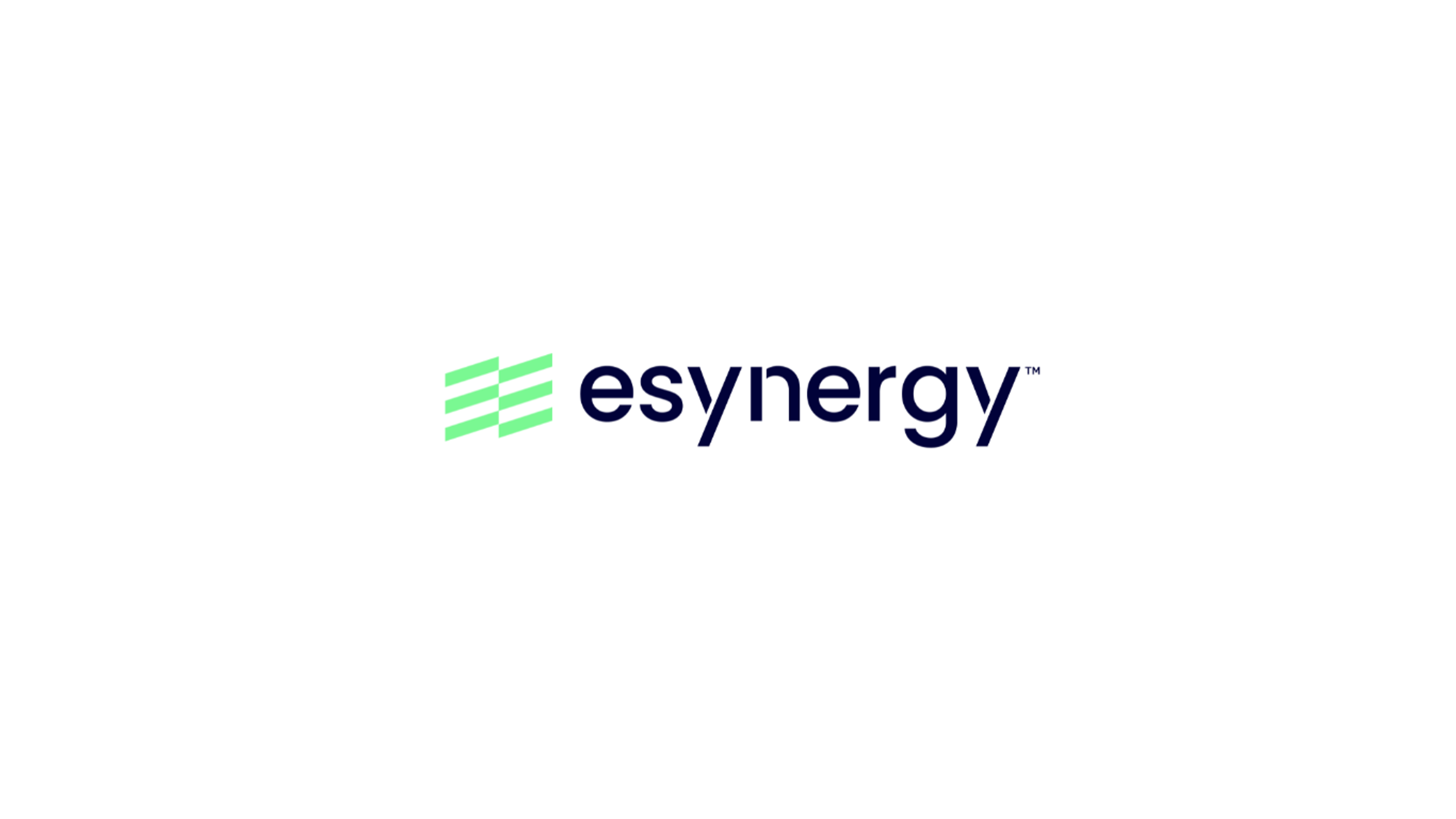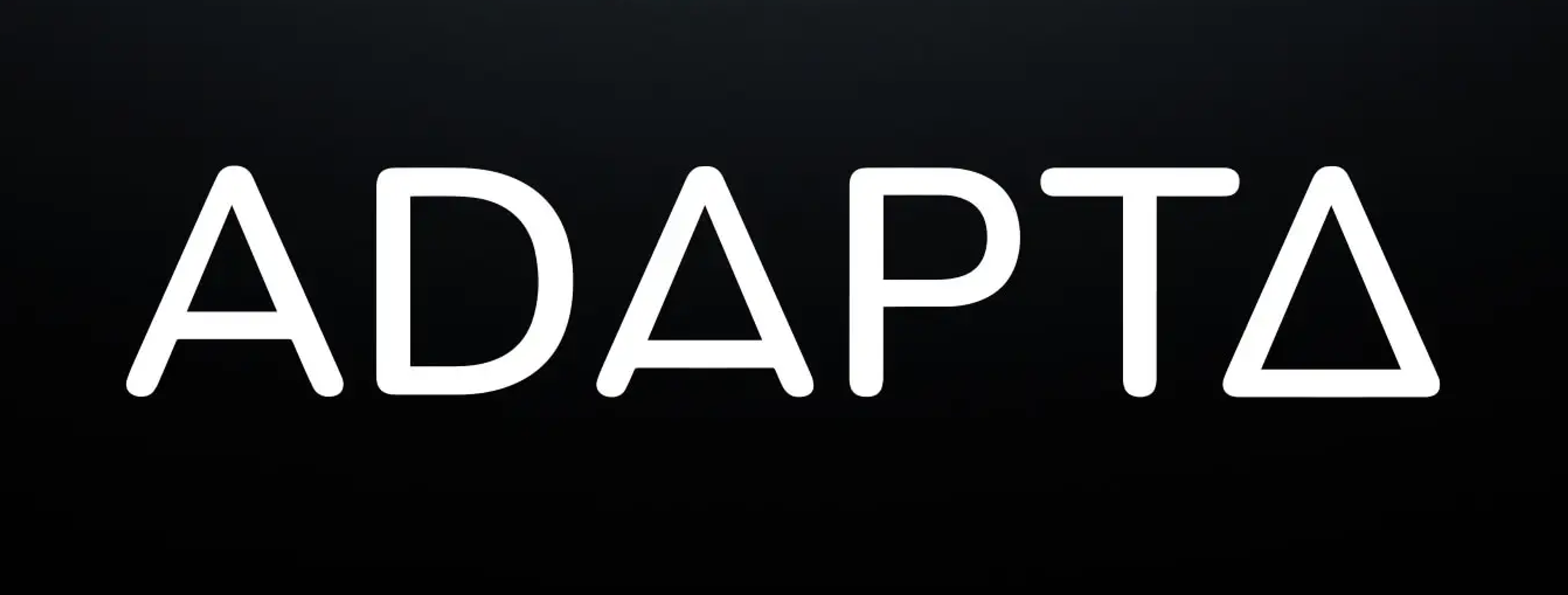Rapid Prototyping of a RAG Chatbot
esynergy is a technology consultancy that accelerates business value for its clients. Working with enterprises and scale-ups in highly regulated industries, the company build scalable platforms, products, and services. esynergy leveraged DataStax Astra DB to develop Sales Copilot – an AI-powered conversational assistant for sales teams to access customer data and generate informed responses.
Featured Content









